
Extras
Sample Images
Choose an image! Web-X is so dull when everyone simply uses the default image. You do not have to plug in your own picture. I have provided some sample images below, and you're welcome to use any of them. If you want to use sample1.jpg, for example, simply right-button-click (PC) or control-click (Mac) on the picture, save it to your disc, then choose "sample1.jpg" under "Your Picture" in Web-X Preferences:
 sample1.jpg |
 sample2.jpg |
 sample3.jpg |
 sample4.jpg |
 sample5.jpg |
 sample6.gif |
 sample7.jpg |
 sample8.jpg |
 sample9.jpg |
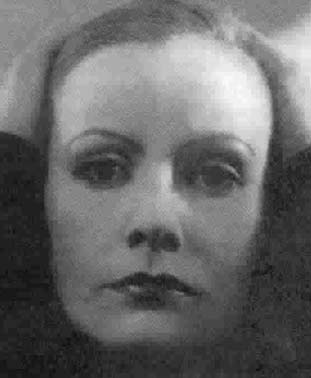 sample10.jpg |
 sample11.jpg |
 sample12.jpg |
 sample13.jpg |
 sample14.gif |
 sample11.jpg |
 sample12.jpg |
Death in Venice Pictures
The following pictures were supplements to some of our discussions of Thomas Mann's novel Death in Venice.
Thomas Mann is from Germany. If you look closely, you can find Lübeck on the north coast where he was born and Munich in the South where he spent much of his youth.
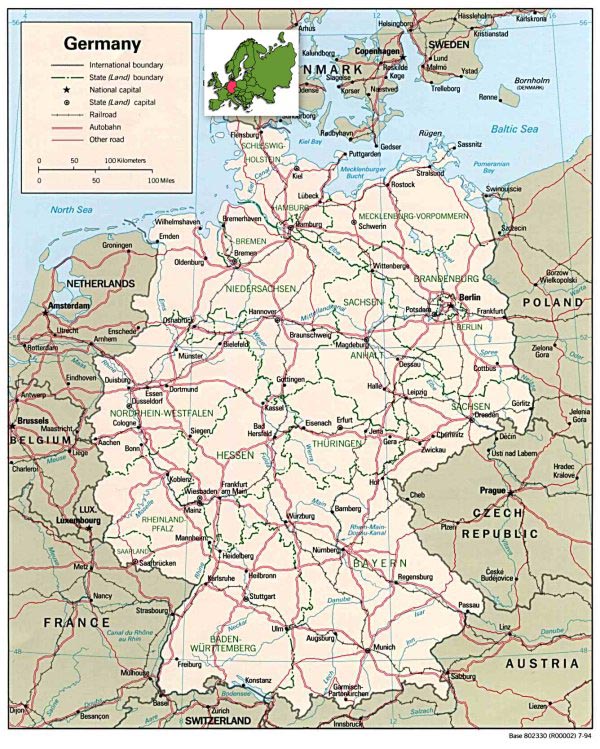
Gustav Aschenbach writes a book on Frederick II of Prussia (Frederick the Great) and professes his admiration for St. Sebastian. The following three paintings portray these important figures in his life. (I hope Aschenbach wouldn't mind my turning this into a triptych of his idols.)
| This is a painting of the martyrdom of St. Sebastian by painter Fabrizio Boschi (1572-1642). | This is painting of Frederick II at the age of 68 by artist Anton Graff. | This is another painting of St. Sebastian. This is by Andrea Mantegna. |
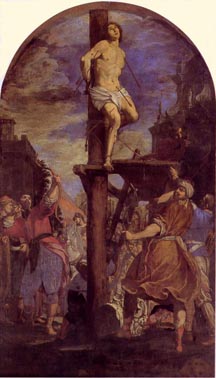 |
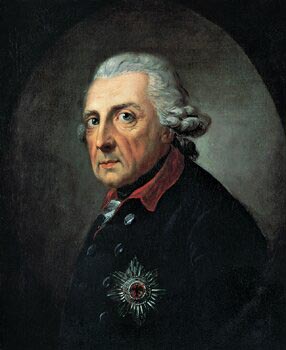 |
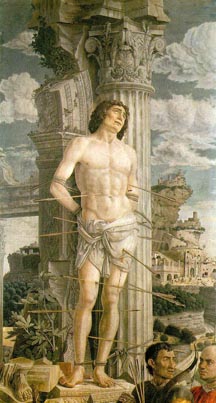 |
Here is a map of Aschenbach's destination. His hotel is on the Lido di Venezia. Most of the tourist attractions are concentrated in the light-green cluster in the middle.
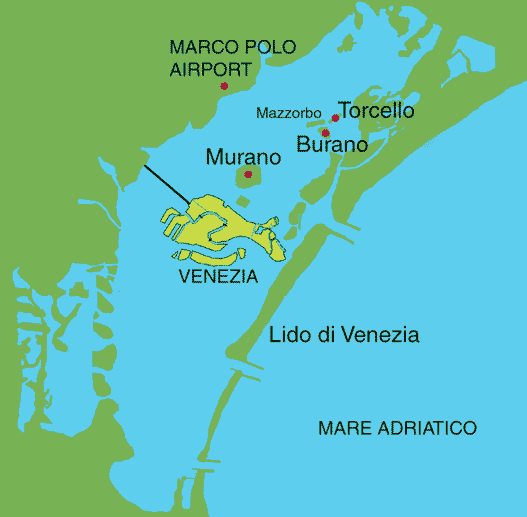
One such tourist attraction is the Piazza San Marco.
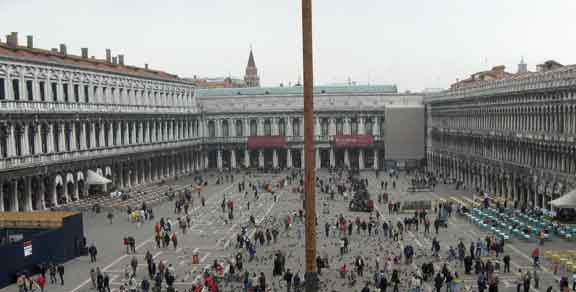
Many of Aschenbach's images involve Greek gods—that is what Aschenbach's education has provided him with. Michelangelo's ceiling for the Sistine Chapel captures this image of godly bodies looking down in judgment on us from above, even though he uses this imagery for monotheistic, Christian purposes.
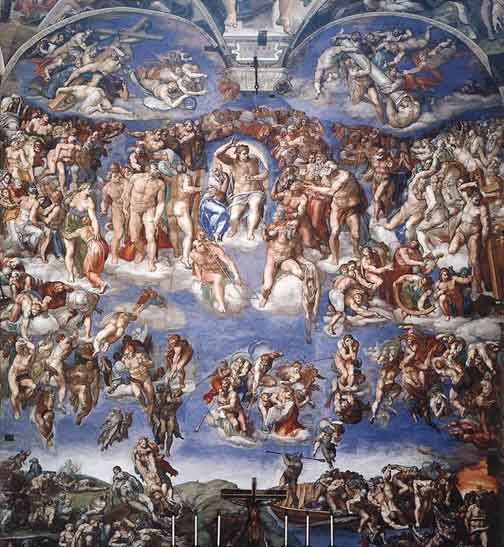
While Michelangelo's painting is of a wild, almost Dionysian cosmos, Raphael's School of Athens captures the more staid, Apollonianrelam of Greek philosophers educating their young charges in a highly dignified setting. We did not look at this painting in class, but here it is anyway.
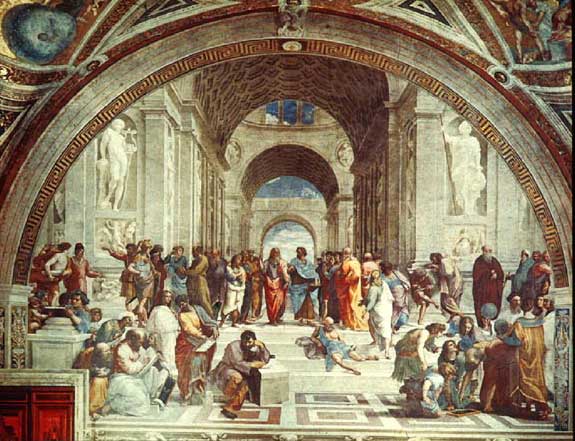
23 February 2007